Matisse Line Drawings And Prints 50 Works
Vibrancy, harmony, sensuality — The art of Henri Matisse
From his love of textiles to his mastery of colour and the 'elegance of his line' in his paintings, prints, drawings and cut-outs. Illustrated with works offered at Christie's
'A flight towards the brilliant light'
Henri Matisse was born in 1869 in the small town of Bohain-en-Vermandois, in the flatlands of north-east France. Its skies were grey, its houses of dull brick, and its fields devoted to acre after acre of sugar beet. According to Matisse's biographer, Hilary Spurling, his whole career represented a rejection of that early sobriety and 'a flight towards the brilliant light'.
Early Fauve paintings
Matisse's earliest work, from the 1890s, bore the influence of realism and naturalism. His first creative breakthrough came in the middle of the next decade, at the vanguard of Fauvism. Matisse rejected his early influences and turned to a wild use of colour, aiming to express his feelings on the material word.
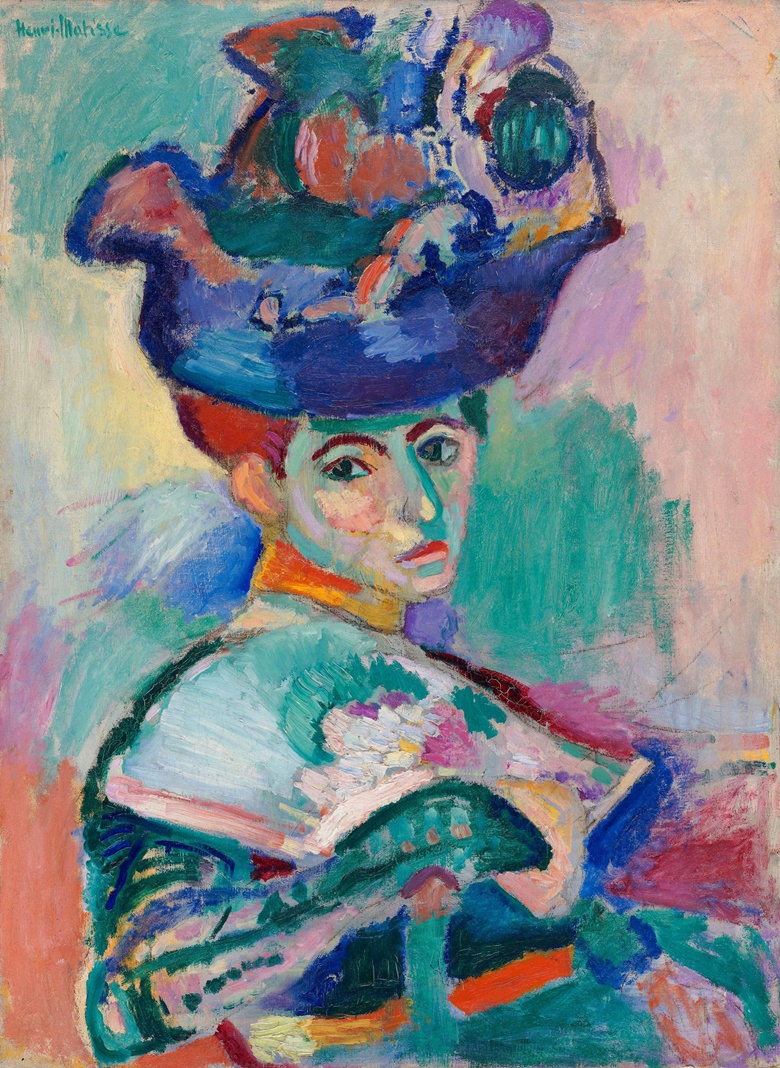
Henri Matisse, Woman with a Hat, 1905. San Francisco Museum of Modern Art. Photo: © 2021. Album/Scala, Florence. Artwork: © Succession H. Matisse / DACS 2021
Among Matisse's great works in this style was 1905's portrait of his wife Amélie, Woman with a Hat (now part of the San Francisco Museum of Modern Art collection). Another was 1907's still-life, Les Pivoines (sold for just over $19 million at Christie's New York in 2012), in which Matisse flattened the composition, and the wall behind the vase of peonies all but dematerialises into a cascade of colour.
'Fauve paintings by Matisse don't come onto the market too often,' says Jessica Fertig, Senior Vice President of Impressionistand Modern Art at Christie's New York. 'But when they do, there's always a great deal of interest. There's a recognition that this was a transformative period both for Matisse and for all Western art.'
The collector of textiles, from Persian carpets to African wall hangings
Many of Matisse's ancestors had been weavers. As Spurling put it, 'textiles were in his blood'. He collected Persian carpets, Arab embroideries and African wall hangings throughout his life, his studio becoming a treasure trove of exotic and vibrant pattern.
The collection was practical — he called it his 'working library', with textiles appearing and reappearing in a large number of his paintings, drawings and prints. They also contributed to a key development in Matisse's art in the run-up to the First World War, when he rejected the old laws of perspective and three-dimensional illusion for internalised, purely pictorial spaces.
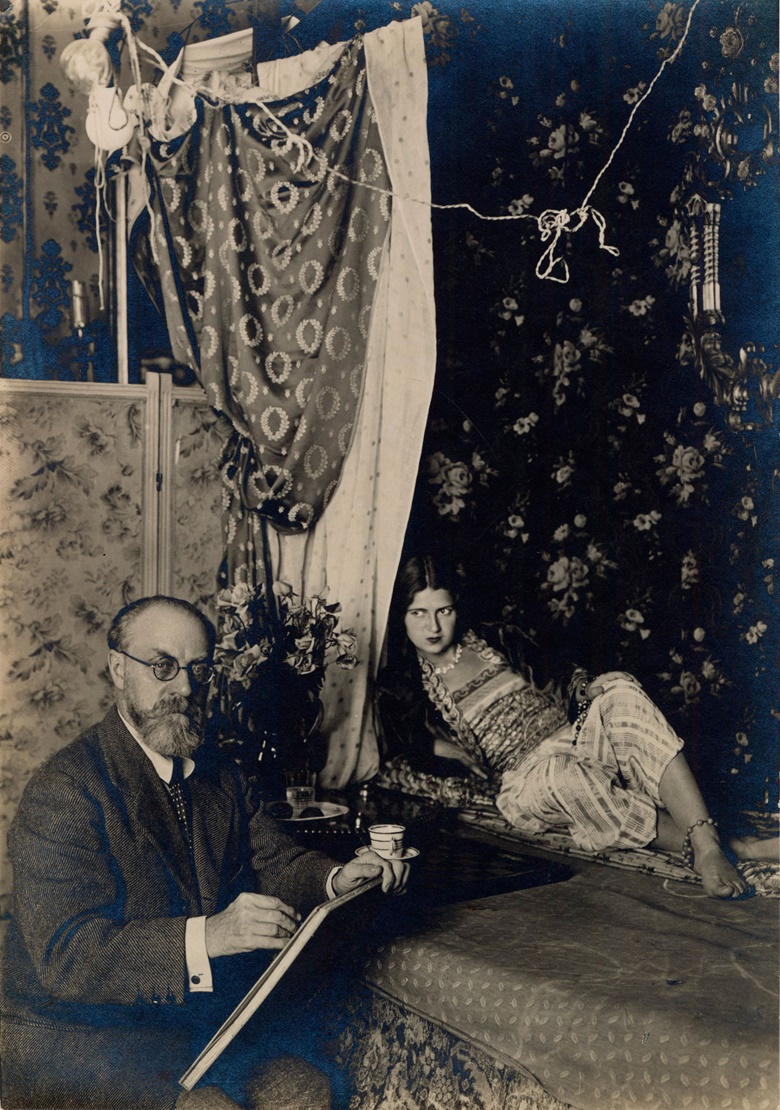
Henri Matisse pictured in 1928 with a model for one of his 'Odalisques' at 1, place Charles Félix in Nice. Photo: Archives Henri Matisse, all rights reserved
Textiles became much more than mere fabric: they were now all-over patterned fields that dominated a composition. In 1911's still life Les coucous, tapis bleu et rose, for example, the chief function of the vase of cowslips seems to be to pin down the exuberantly decorated blue tablecloth, which looks as though it might otherwise float away at any moment.
The most radical paintings of this period, too, are rare on the market. They were assiduously purchased from Matisse by Russian businessman Sergei Shchukin (1854-1936), whose art collection was divided up decades later between the Pushkin Museum of Fine Arts in Moscow and the State Hermitage Museum in St. Petersburg.
The 'Odalisques', and comparisons with Picasso
Matisse's art was often so bold that it drew criticism from his contemporaries. The monumental painting Dance(1909/10) — of five naked figures, with electric-red bodies — was met with jeers and catcalls when shown at the Salon d'Automne in Paris.
'Without voluptuous pleasure, nothing exists,' said the artist. Nowadays we associate Matisse with vibrancy, harmony and sensuality. Arguably no series of work exemplifies these three qualities better than his 'Odalisques' from the 1920s and 1930s, when he was living in Nice.
.jpg?w=780)
Henri Matisse (1869-1954), Odalisque couchée aux magnolias, painted in Nice, 1923. 23¾ x 31⅞ in (60.5 x 81.1 cm). Sold for $80,750,000 on 8 May 2018 at Christie's in New York © Succession H. Matisse/ DACS 2021
Having fled Paris for the French Riviera at the end of the First World War, Matisse began painting exotic-looking females in richly decorated, indoor settings. More often than not, they were in a state of luxurious repose.
In May 2018, one of these canvases —Odalisque couchée aux magnolias (1923) — realised $80,750,000 in the The Collection of Peggy and David Rockefeller: 19th and 20th Century Art sale at Christie's New York, establishing the world-record price for a Matisse at auction.
The work depicts one of the artist's favourite models, the dancer Henriette Darricarrère, relaxing on a stunningly green chaise longue as Mediterranean sunlight pours into his studio.
'The Odalisques as a whole are very popular with collectors. Aside from their qualities as artworks in their own right, there's a great interest in terms of the comparison you can draw between the careers of Matisse and Picasso,' says Fertig. (After the former's death, in 1954 aged 84, the latter claimed that 'Matisse left his Odalisques to me, as a legacy' — and Picasso duly started a set of odalisques of his own.)
Other examples by Matisse sold at Christie's in recent years includeOdalisque, mains dans le dos and L'Odalisque, harmonie bleue, which itself set a world record for the artist at auction, back in 2007.

Printmaking: from linocuts to woodcuts, lithographs, etchings and aquatints
Matisse is highly regarded as a painter, of course, but he was also a dedicated draughtsman and printmaker, producing more than 800 prints in a range of techniques, from linocuts and woodcuts to lithography and etching.
.jpg?mode=max&width=1025?w=780)
'In many cases, particularly his later lithographs of Odalisques — such asRepos sur la banquette andOdalisque, brasero et coupe de fruits — he kept all the texture, lavish detail and patterned accoutrements you see in his paintings of the same subject,' says Adam McCoy, Vice President of the Prints & Multiples department at Christie's in New York.
'By contrast, in his etchings — such as Jeune fille au chapeau devant la glace (1931) — Matisse pared subjects down to a few fluid lines to suggest a figure or form.
'People, understandably, praise Matisse as a master of colour, but what his prints prove is that he could work just as expressively — and with just as much versatility — in black and white.'
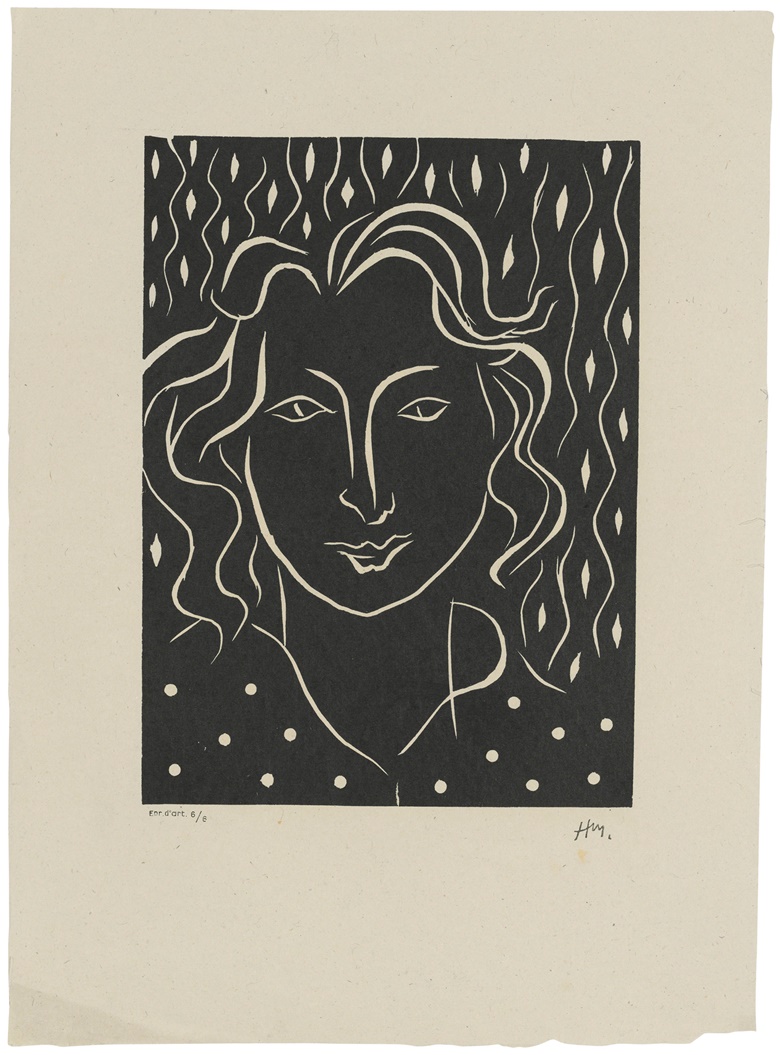
He also never stopped learning new printing techniques. He made his first aquatints, for example, in the early 1930s at the age of 62, and does not engage seriously with the medium until his late seventies. These works, such asBedouine au grande voile ,with their bold black lines against fields of unprinted white paper, look strikingly like his brush and India ink paintings.
As for the market for Matisse's prints, 'it's strong across the board', says McCoy. 'Generally speaking, the aquatints command the highest prices, followed by lithographs, and then the etchings, but they all do well.'
The drawings: a range of price points, and the best way into the Matisse market
Matisse produced several thousand drawings over the course of his career. What typified these were lines that managed to be classically simple yet dreamily unfettered at the same time.
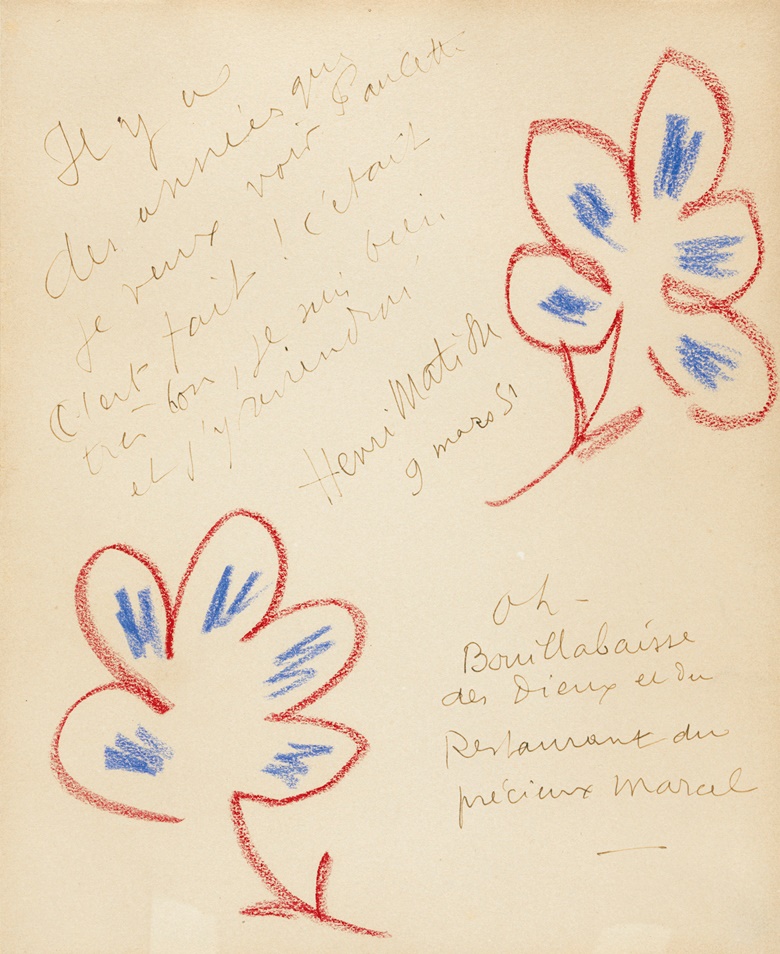
The artist himself claimed that drawing was 'the purest and most direct translation' of his creativity. According to the late New York Times art critic John Russell, meanwhile, the Frenchman was 'among the most seductive draughtsmen who ever lived'.
The drawings also offer, for many, the best way into the Matisse market. 'The prospective buyer can enter at a variety of price points,' says Allegra Bettini, Head of Works on Paper at Christie's New York. 'Some drawings sell for more than $1 million, while others go for a few thousand dollars. There is something for everyone.
'The top end of the market tends to be dominated by atmospheric charcoal drawings from the 1930s — such as Étude pour La Dormeuse (Le Rêve) — and by his bold-lined works in brush and India ink.
'It just isn't possible to understand Matisse as an artist without considering his drawings. The art-history books tell us Matisse was one of the great colourists, but his whole process was rooted in the strength and elegance of his line.'
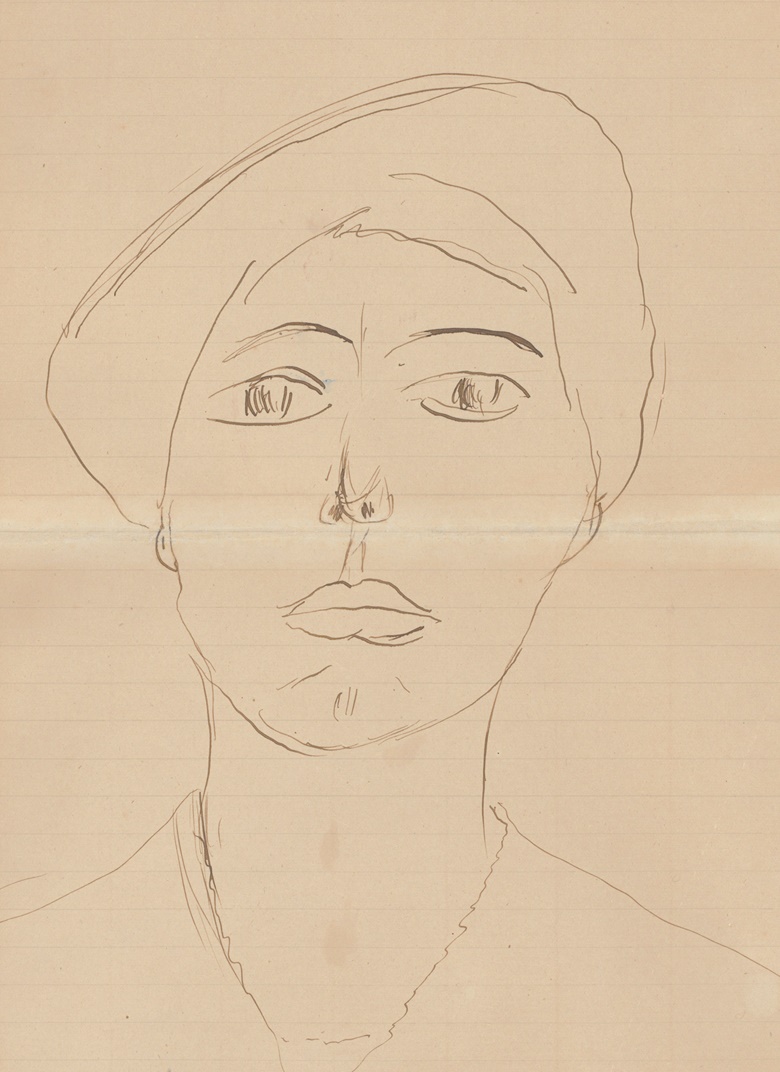
The cut-outs: 'drawing with scissors'
Drawing was also at the heart of the last, stunning advance of Matisse's career: his 'cut-outs'. These consisted of painted sheets of paper, which he cut (with scissors) into forms of varying shapes and sizes, and then arranged into lively compositions.
In the process, he invented a new artistic medium — though, in a sense, it was just the conclusion of Matisse's long quest to balance perfectly the formal elements of line and colour. He described the process of making cut-outs as both 'drawing with scissors' and 'cutting directly into colour'.
These works dominated Matisse's art in the final decade and a half of his life. They appear at auction less regularly than his drawings, but tend to fetch prices at the high end of the works-on-paper market when they do — especially those from the 1950s.
In 2014, the cut-outs were the subject of a blockbuster exhibition at London's Tate Modern, which later transferred to MoMA in New York. Attracting 563,000 visitors, it became the most popular exhibition in Tate's history (since surpassed by its 2017 David Hockney retrospective).
Matisse Line Drawings And Prints 50 Works
Source: https://www.christies.com/features/Guide-to-Henri-Matisse-9680-1.aspx
Posted by: brenneraltaid.blogspot.com

0 Response to "Matisse Line Drawings And Prints 50 Works"
Post a Comment